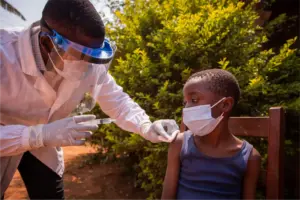
Adolescent mortality: A major analysis of worldwide illness and mortality has flagged “an emerging crisis” in adolescent and young adult deaths, even as global life expectancy rebounds after the pandemic.
The Global Burden of Disease (GBD) study, published in The Lancet and presented at the World Health Summit, draws on 300,000 data sources and a network of 16,500 researchers.
Also Read | Missing first mammogram linked to 40% higher risk of breast cancer death: Study
While death rates have fallen overall across 204 countries and life expectancy now stands at 76.3 years for women and 71.5 for men, the authors report stubbornly higher, or rising, mortality in teens and young adults.
In North America and parts of Latin America, increases are driven by suicide and drug and alcohol use, trends closely tied to anxiety and depression, particularly among young women. In sub-Saharan Africa, infectious diseases and injuries remain the leading causes; new modelling suggests deaths among children 5–14 years since 1950 were higher than previously estimated. For girls and women aged 15–29, mortality was 61% higher than earlier estimates, largely due to pregnancy and childbirth, road injuries, and meningitis.
The study finds chronic diseases such as heart disease and diabetes now account for two-thirds of global ill health, and mental health disorders are surging. Researchers estimate roughly half of the world’s disease burden is preventable, citing modifiable risks including high blood pressure, air pollution, smoking, and obesity.
“This is a wake-up call,” said Dr. Christopher Murray, director of the Institute for Health Metrics and Evaluation. African health leaders urged youth-centred investment and stronger, integrated systems to tackle both infectious and non-communicable diseases. The authors also warned that progress in low-income regions is threatened by cuts to international health funding.








